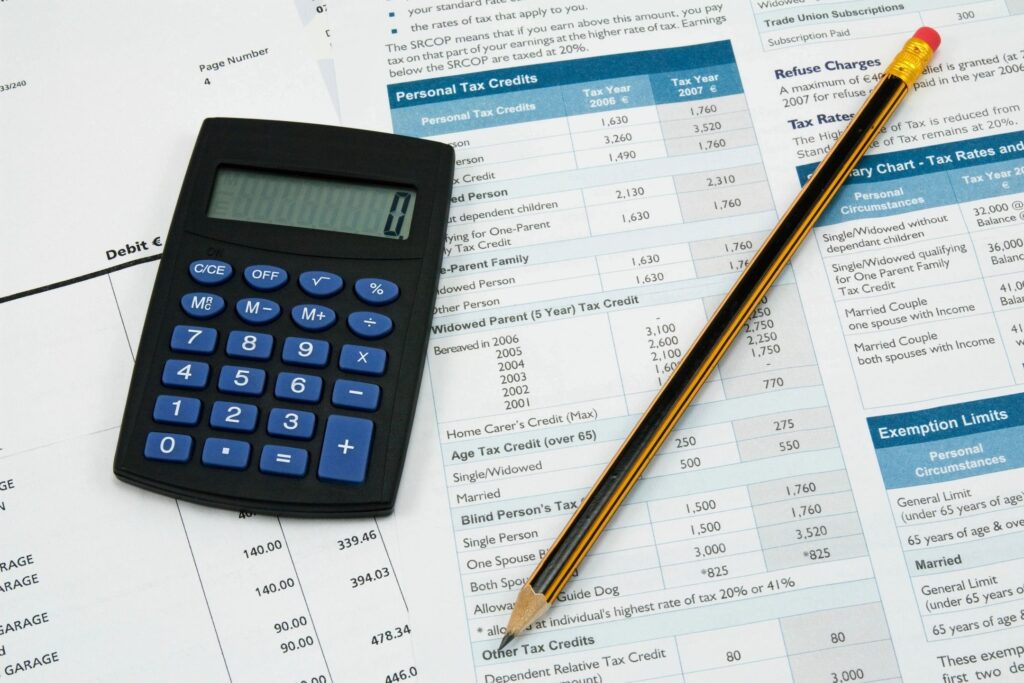

One of the most important aspects of business is financial planning. While that may seem obvious, many business owners tend to focus on day-to-day issues without a clear idea of their long term trajectory. A financial pro forma is an excellent tool for setting realistic expectations for the future. I recently interviewed Jason Niehaus, an experienced healthcare executive, on how to use a financial pro forma. He regularly uses them to operate large healthcare corporations, acquire or turn around companies, and counsel startups.
What is a financial pro forma?
A financial pro forma is a forecast on how you expect a business to perform over a period of time. They use market assumptions to project a business’s future revenues, estimate costs/liabilities, and predict future cash flows.
Why is it important?
A pro forma gives startup founders and business owners a realistic view of how their ideas translate into a functional business. Operating a business requires careful consideration of the expenses and investments necessary to achieve growth. A pro forma anticipates these expenses and investments at scale so business owners can plan appropriately. Once the business goes live, management can evaluate how it performs relative to pro forma projections and adjust strategy accordingly.
How is a pro forma used in a startup?
In addition to operations planning, startups can use a pro forma in a variety of ways. When doing market research for the pro forma, founders can assess the opportunity for the product or service they want to offer. From there, they can determine competitive go-to-market pricing based on realistic investment costs. Founders can also use a pro forma to secure financing from an investor or bank. These entities will look at pro forma elements such as cost structure or revenue projections to determine the viability of a potential investment. If the startup wants to exit, acquirers will use the company’s pro forma to evaluate historical performance and their potential return on investment.
Are there any drawbacks to using a pro forma?
A pro forma is only as good as the assumptions that it is based upon. Startup founders should ask questions when building their pro forma. Have I truly researched industry benchmarks? Have I tested my assumptions against market realities? Further, if the startup is seeking investment or wants to be acquired, the investor or acquirer will base their investment on pro forma projections. If these projections aren’t based on realistic assumptions, then the pro forma is not an adequate gauge of performance. This can result in getting unfavorable investment terms, losing acquisition opportunities, or failure of the business.
When should entrepreneurs and small businesses develop a pro forma?
Once a startup has a good understanding of its product and go-to-market strategy, then it should build a pro forma prior to launching the business. Startups should also complete the pro forma prior to receiving significant investment into the company.
Do you have any tips for building a pro forma?
Review industry trade association reports to identify realistic benchmarks. Learn the basics of accounting and finance to understand the components of a pro forma. And most importantly, get professional help. Building a pro forma requires some specialized expertise. Accountants, financial advisors, and attorneys are great resources for correctly putting everything together.

